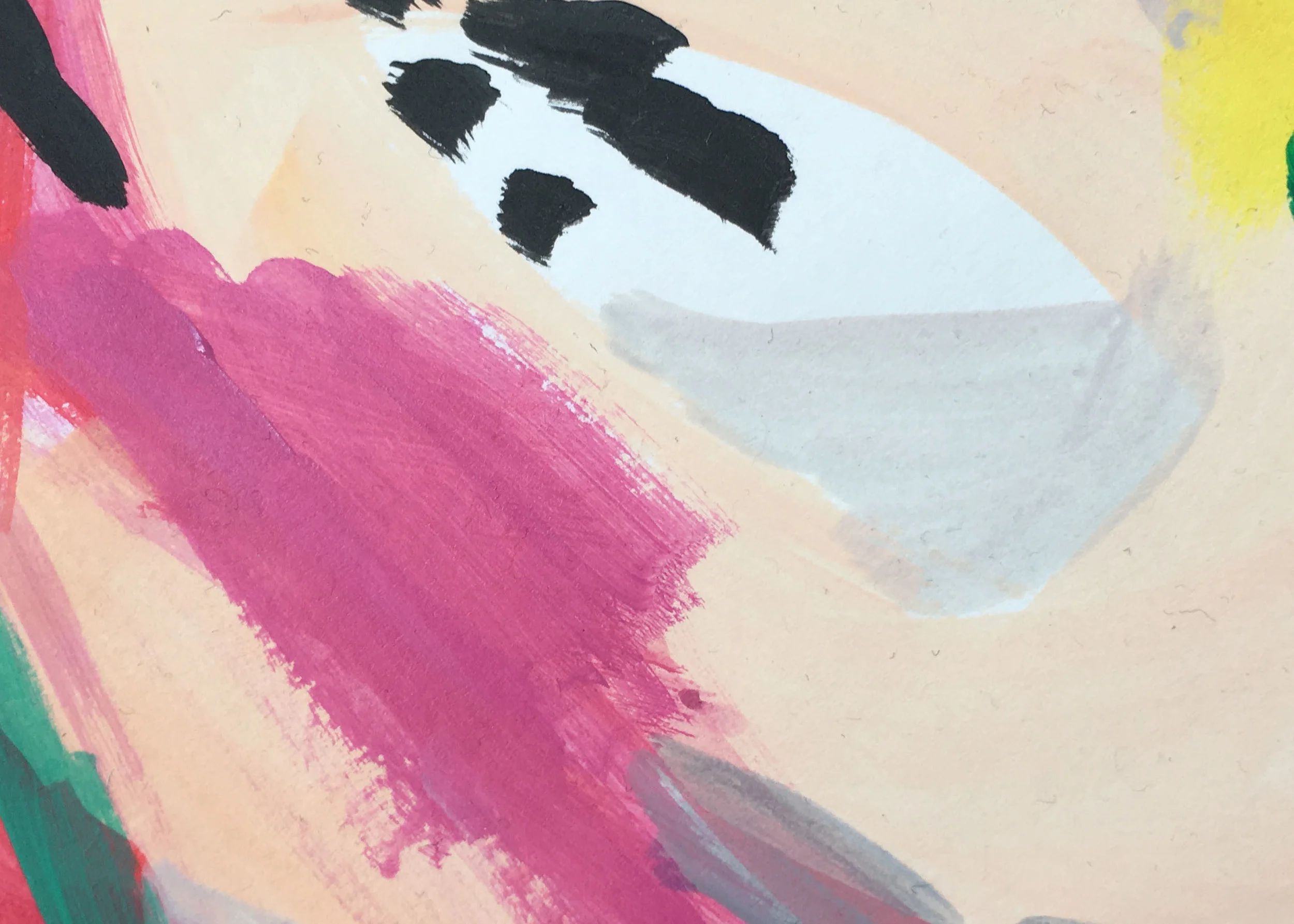This month on the blog I’m talking about a structure for thinking about your creative practice which I have borrowed from the DIY MFA writing programme and made applicable for most creative practices:
Output (Creative Work) + Input (Nourish Creativity & Skills) + Community Building = Creative Practice
In last week’s post I looked at Input – the things you do as a creative person to feed your creative well, to nourish your creativity. This week I’m looking at Output – your artistic work, the things you create and produce, both the tangible and the intangible results of your creative endeavour.
Create with Focus
Your artistic work includes a lot of things, not only the objects you make, the things you design or produce but also other assets within your practice or business like your website, portfolio, CV, artists statement, blog, podcast etc – anything that you create which people can engage with and which supports your work.
It’s important that you are spending what precious time you have for your creative output in a focused way, doing the things that you most want to do, not getting sidetracked with things that aren’t relevant.
Reflect on your current creative output:
- How is this going?
- What is working, what is not?
- What are the greatest challenges you face with your artistic creation right now?
- What could you do to help with this?
Once you’ve identified the challenges you face, consider what you can do to work on that:
- Do you need to devote some time to creating a plan and thinking about time management?
- Do you need to spend some time researching and developing new ideas?
- Do you need to work on certain skills to help you achieve what you want to do?
- Do you need support from elsewhere?
Whatever you want to focus on, think about how you can work on this in small chunks, regularly. We always underestimate just how much we can do in a short space of time if we truly focus on the task. One hour of focused work each day, for a whole week, equates to an entire extra working day. We may not think we can spend a whole day on something, but I bet you could probably find an hour each day to make a start. Any time you spend on a task is worthwhile, so if you can’t manage an hour how about 15 minutes?
Don’t put off doing your important work until you have enough time, get going now!
I’ve got lots of posts about Creative Practice here on the blog – why not explore the archives? If you’d like a quick fix, can I recommend reading these two books: Big Magic by Elizabeth Gilbert and The Creative Habit by Twyla Tharp. Both are excellent and will help bring you back to the heart of your creativity and suggest new ways of working, going forward.
